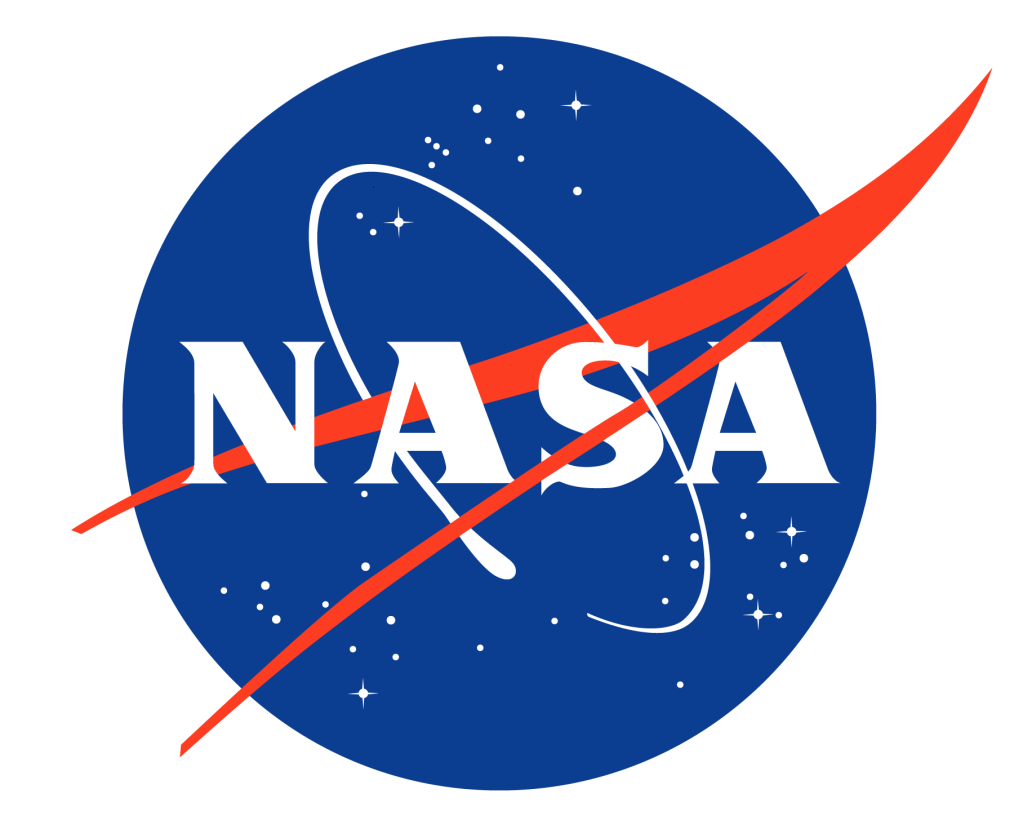
Roy Neal
Reporter, NBC
Roy Neal, NBC News, remembers Cocoa Beach, Fla., as a nice quiet beach community in the summer of 1957. He recalls the local highlights included a gas station, a couple of restaurants, and that the Starlite Motel was the biggest lodging place in town.
“Except for the folks who worked on the rockets, most people paid little attention to the missile programs that were being flown from here, except when they launched,” Neal said. “Then the brilliant flame and roaring noise of the engines and the weird arc of the missiles in the sky or the thundering noise of a rocket blowing up in flight claimed full attention.”
In 1957, it all began to change. Neal brought the first network news crew to the cape and was the first network correspondent on the scene. But he would see some local reporters quickly recognized as experts on the various programs and hired to represent the national media organizations and reporters from other parts of the country moved to the cape area to set-up news operations.
Neal arrived with plenty of ammunition to break down the mystique of this new leap in technology. He had covered nuclear tests and high-speed aircraft, including the X-15 rocket plane with great success. He had obtained briefings from government and industry sources on the workings of their rockets and had access to countdown information in great detail. His cameraman, Gene Barnes, had lenses so good you could count the freckles on a man’s nose from four miles away. An avid ham radio operator, K6DUE, Neal built small receivers that allowed him to tune in telemetry and workers’ conversations to know exactly when the rockets were ready for launch.
The timing was spectacular. In 1957, the Russians launched Sputnik I and the world was startled. Then came a second Russian mission. They flew a dog named Laika. Neal was soon joined competitively by correspondents Jules Bergman, ABC and Charles Von Fremd, CBS. CBS heavyweight Walter Cronkite joined the reporters a little later.
In 1958, the United States successfully orbited Explorer I, fired by the Army’s Von Braun team. That was the first time the media were allowed to cover a launch from the cape. For months, as the press corps grew, they had adopted a united approach. Their oft-repeated message to authorities was “Missiles are too big to hide. From public places we will cover whatever happens. Tell us what’s going on so the public gets a straight story.”
Between that barrage and heavy coverage of launchings, the media finally gained the locations and information they needed with the help of Maj. Gen. Donald Norton Yates, Commander of the Eastern Test Range and Maj. Gen. Bernard Schriever, Commander of the Air Force Ballistic Missile Division. By coincidence, the newly formed NASA would be the biggest beneficiary of such coverage as they began flying from the cape.
In spring of 1961, the Russians put Yuri Gagarin in orbit. A month later Alan Shepard flew a short sub-orbital mission. Roy Neal was the pool producer for the Shepard mission. He and his NBC team, working with ABC, CBS and the mutual network, set up a new system for covering such events that worked so well that many of them are still in service today.
Working at both NASA’s Kennedy Space Center and Johnson Space Center, Neal continued to cover launches well into the space shuttle program.
Neal wrote shortly before he passed away in August 2003, “The current space program is one that takes tiny steps in an uninteresting direction. When the nation had a goal and Russians gave us competition, the United States performed miracles. We had a space program that kept us excited for the future and proud of our past. Flying in orbit doesn’t do that. I think we need goals such as flying to Mars and establishing a colony on the moon to give us inspiration if we are to have a future.”

























